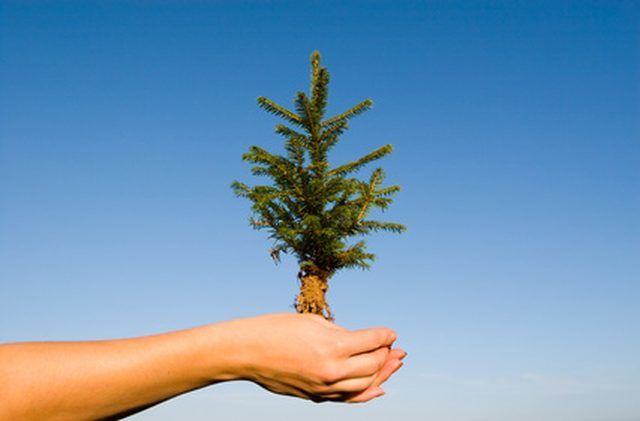Bulbs
Flower Basics
Flower Beds & Specialty Gardens
Flower Garden
Garden Furniture
Garden Gnomes
Garden Seeds
Garden Sheds
Garden Statues
Garden Tools & Supplies
Gardening Basics
Green & Organic
Groundcovers & Vines
Growing Annuals
Growing Basil
Growing Beans
Growing Berries
Growing Blueberries
Growing Cactus
Growing Corn
Growing Cotton
Growing Edibles
Growing Flowers
Growing Garlic
Growing Grapes
Growing Grass
Growing Herbs
Growing Jasmine
Growing Mint
Growing Mushrooms
Orchids
Growing Peanuts
Growing Perennials
Growing Plants
Growing Rosemary
Growing Roses
Growing Strawberries
Growing Sunflowers
Growing Thyme
Growing Tomatoes
Growing Tulips
Growing Vegetables
Herb Basics
Herb Garden
Indoor Growing
Landscaping Basics
Landscaping Patios
Landscaping Plants
Landscaping Shrubs
Landscaping Trees
Landscaping Walks & Pathways
Lawn Basics
Lawn Maintenance
Lawn Mowers
Lawn Ornaments
Lawn Planting
Lawn Tools
Outdoor Growing
Overall Landscape Planning
Pests, Weeds & Problems
Plant Basics
Rock Garden
Rose Garden
Shrubs
Soil
Specialty Gardens
Trees
Vegetable Garden
Yard Maintenance
Tree Transplanting Shock
Tree Transplanting Shock. Many trees do not survive due to the common problem of transplant shock. Much of tree transplanting shock is due to improper site preparation and follow-up care.

Many trees do not survive due to the common problem of transplant shock. Much of tree transplanting shock is due to improper site preparation and follow-up care.
Identification
Tree transplanting shock can be identified by slowed tree growth and vigor after transplanting. Containerized trees are some of the most common victims of transplanting shock due to their circular root base, which must be cut.
Considerations
To minimize transplant shock, plant the tree in a hole that is three times the size of the root ball. With adequate loose soil, tree roots can easily forage and settle into new areas.
Prevention/Solution
To reduce and prevent transplant shock, provide good ongoing care to recently planted trees. Mulch and regularly water trees to ensure healthy growth.
Seasonal Planting
Plant trees in seasons when they are dormant and all growth has stopped. Do not prune transplants for the first three growing seasons to prevent shock.
Tips
Smaller trees are easier to transplant and less susceptible to transplant shock than larger trees. Small trees need less space for root growth and require a less broad hole for planting.